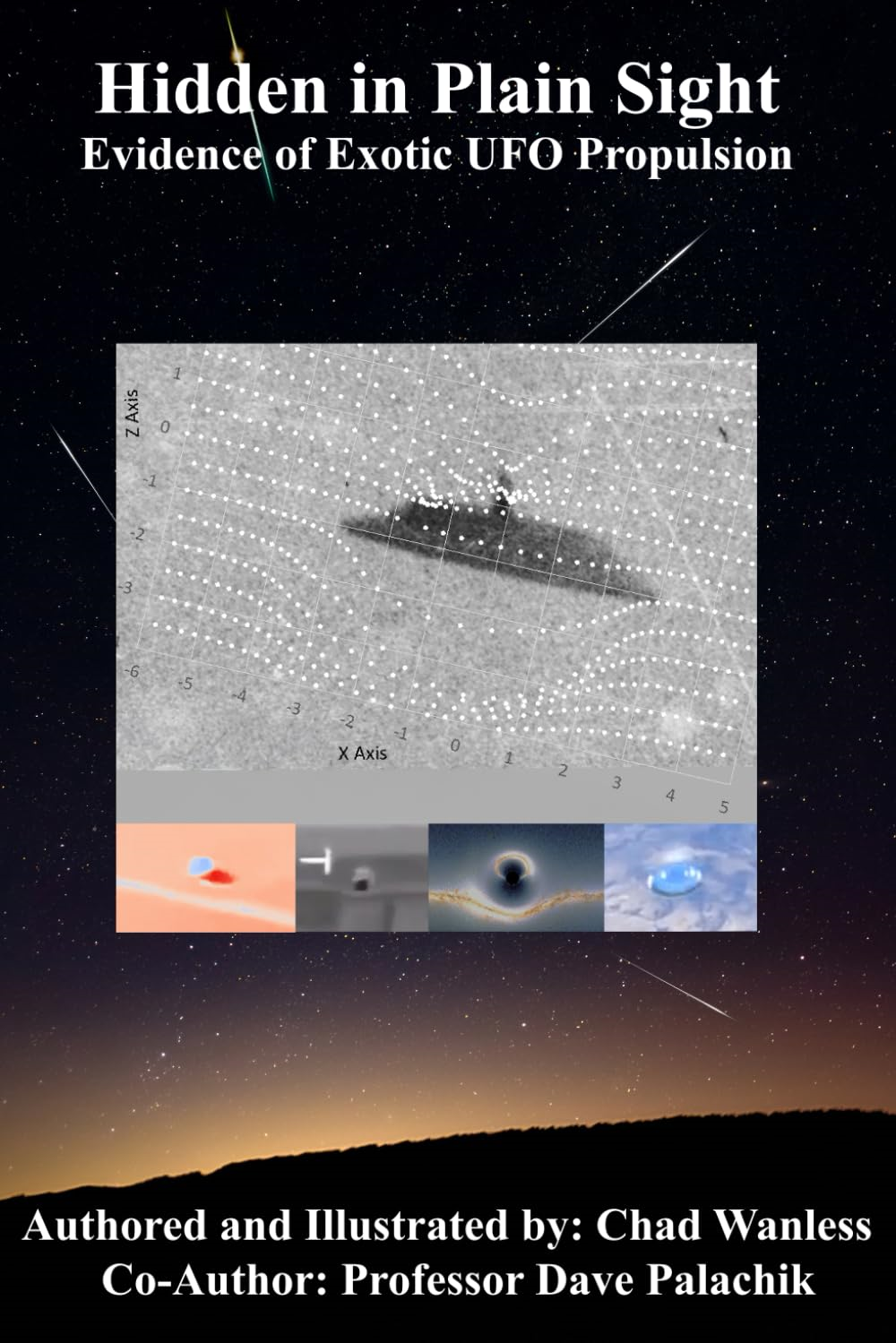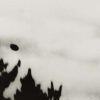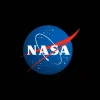LIGO is on the lookout for these 8 sources of gravitational waves0
- From Around the Web, Space
- May 7, 2019
Astronomers still hope to catch a star going supernova and a bumpy neutron star, among others

Astronomers still hope to catch a star going supernova and a bumpy neutron star, among others

Astrophysicists have detected the gravitational waves produced by a black hole colliding with a neutron star.
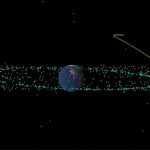
On April 13, 2029, a 1,110-foot-wide asteroid known as 99942 Apophis will speed past our planet at an estimated distance of around 19,000 miles, potentially coming closer to the surface than some orbiting spacecraft.
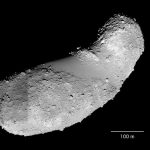
Up to half of Earth’s ocean water may have come from impacts by asteroids

SpaceX delivery delayed after old power-switching unit malfunctions
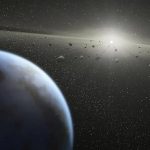
Scientists have discovered a grain of dust left over from a stellar explosion that predated our solar system.
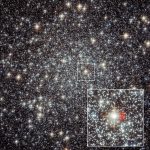
For the first time, a European research team involving the University of Göttingen has discovered the remains of a nova in a galactic globular cluster. The remnant is located near the centre of the globular cluster Messier 22 and has recently been observed using modern instruments. The results will be published in the journal Astronomy & Astrophysics.
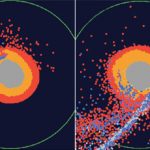
For more than a century, scientists have squabbled over how Earth’s moon formed. But researchers at Yale and in Japan say they may have the answer.
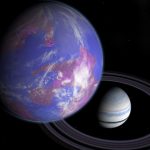
New analyses of Kepler and Hubble data dig into evidence for Kepler 1625b’s satellite

Hayabusa2 found its explosive creation
